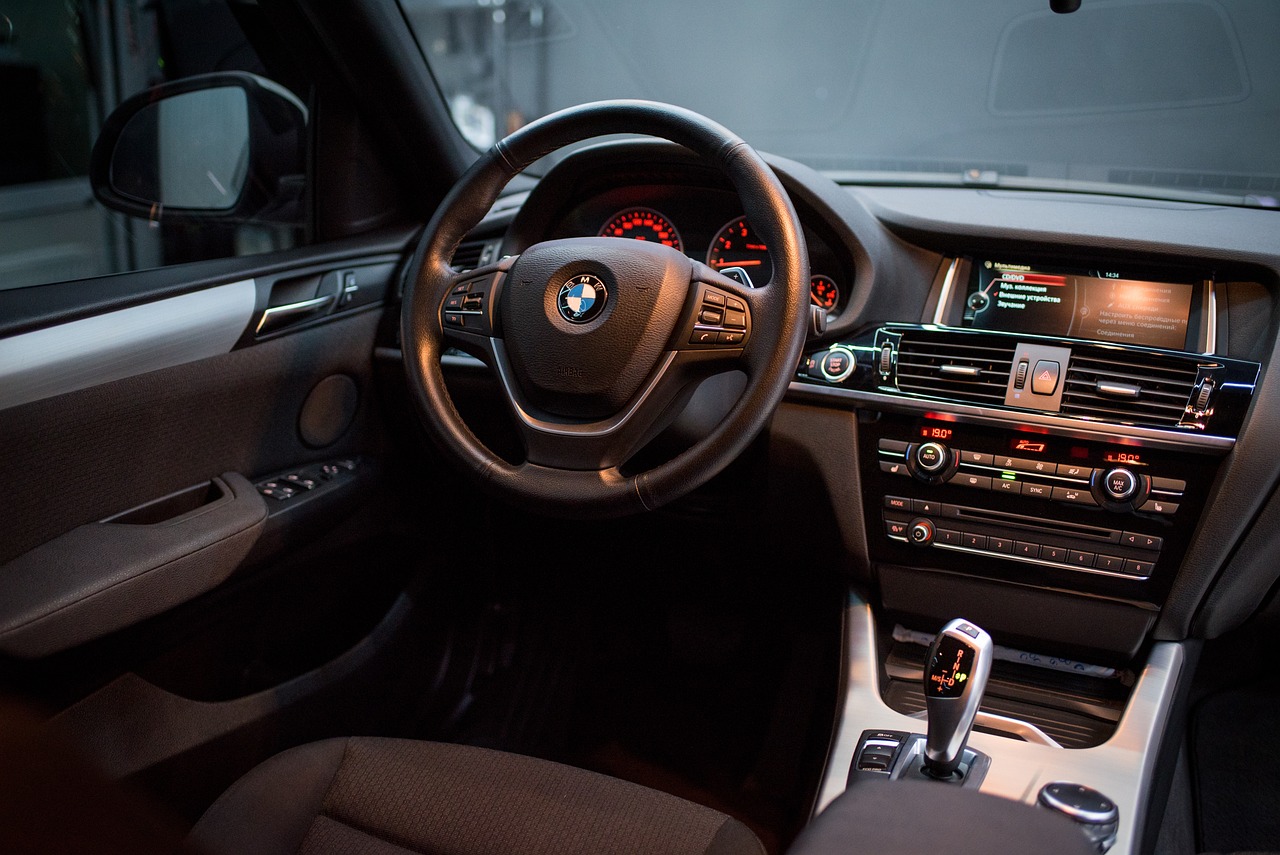Car Safety Technologies: What’s New in 2024
One significant advance in vehicle safety systems is the integration of advanced driver assistance features such as lane-keeping assistance and adaptive cruise control. These technologies work together to help drivers maintain better control of their vehicles and reduce the risk of collisions due to human error.
Additionally, the adoption of automatic emergency braking (AEB) systems has been a game-changer in improving vehicle safety. AEB uses sensors to monitor the road ahead and can automatically apply the brakes in emergency situations where a collision is imminent. This quick response can help mitigate the severity of accidents and potentially save lives.
Enhanced Collision Avoidance Features
One of the notable advancements in vehicle safety technology is the integration of enhanced collision avoidance features. These systems are designed to provide drivers with additional support in anticipating and avoiding potential collisions on the road. Utilizing a combination of sensors, cameras, and radar technology, these features can help detect obstacles in the vehicle’s path and alert the driver to take evasive action.
Moreover, some collision avoidance systems can even autonomously apply the brakes or adjust the steering to help prevent a collision from occurring. This proactive approach to safety has been instrumental in reducing the number of accidents caused by distracted driving or human error. By incorporating these advanced features into modern vehicles, manufacturers are working towards a future where road safety is prioritized through innovative technology.
Innovations in Emergency Braking Systems
One of the significant advancements in emergency braking systems is the integration of predictive technology. By analyzing various data points such as speed, distance to obstacles, and road conditions, these systems can anticipate potential collisions before they occur. This predictive capability allows the vehicle to automatically engage the brakes to prevent accidents, providing an added layer of safety for both the driver and passengers.
Another key innovation in emergency braking systems is the incorporation of multi-sensor fusion technology. In this approach, data from multiple sensors, such as cameras, radars, and LiDAR, are combined to provide a more comprehensive view of the vehicle’s surroundings. By fusing information from different sources, these systems can better detect potential hazards and respond more effectively in emergency situations, reducing the risk of accidents and enhancing overall safety on the roads.





